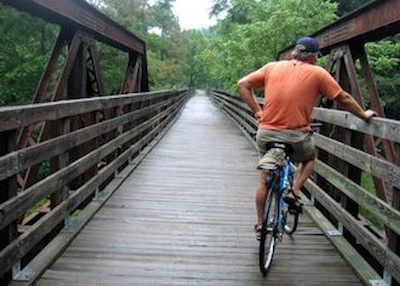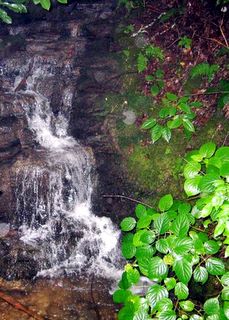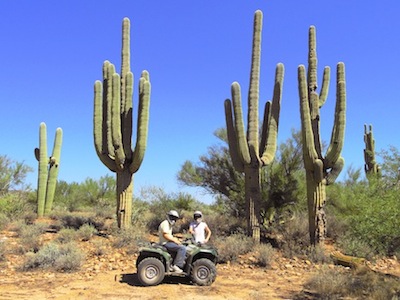Four Reasons Why Kayak Fishing is Growing So Fast on the Sea of Cortez
By Joe B. Houchin
ITWPA member
Now, if you’ve never kayaked, much less fished from one, your brain is surely asking for more clarification -- like, “Kayaking in the sea with a big, long fishing rod?” And if you’re visualizing those short boats resembling a cocoon that’s pointed at both ends and not much wider than the half a human body sticking up from the middle, with the boater working a double-ended paddle with total abandon… well, think again, sea pilgrim!
It took the kayak makers about 50 years to figure out that there is a huge market of novices beyond their hardcore whitewater challengers and long distance paddlers. To reach this vast new market, research revealed, a more user-friendly design was needed. Thus began a collaboration of their brightest design and marketing engineers to revolutionize usability and handling of the old standard kayak.
First, they came up with an easy on, easy off, sit-on-top design that expanded their market beyond expectations. Then they introduced pedals with the paddles and made the kayak so slacker-friendly that any mortal taller than about four feet can now enjoy a memorable kayaking experience. Age hardly enters the picture. (I’m going on 70 myself.) Serious sea kayak fishing was one of the secondary explosions in growth resulting from these new handling designs, which have been increasingly accepted by avid fisherpersons around the world.
One of the greatest sea kayak fishing locales on our planet is in the northern part of the Sea of Cortez, right off the sandy beaches of Puerto Peñasco (aka Rocky Point) about an hour south of the Arizona border in the state of Sonora, Mexico. The sea here is calm and a variety of fish always seem to be waiting for a baited hook or lure to pass by. These photos are from our most recent fishing trip in a two-person pedal kayak. We launched from “Pelican Point” off Cholla Bay just around the bend northwest from Puerto Peñasco. In less than two hours we caught three trigger fish (a favorite for homemade Ceviche) and three spotted bass, throwing back at least half a dozen weighing less than two pounds.
Roland Mondragon, my kayak fishing mentor, is an experienced kayaker, sailor and fisherman who owns the Hobie franchise and local kayak rental company in Puerto Peñasco. According to Roland, who is featured in the photos, many experienced kayakers and fishermen appreciate the advantages of pedals on a kayak as well as the sit-on-top design. Here are just a few of the advantages noted by pros:
For fishing, the pedals make it much easier to maintain a position, thus allowing the angler to get in more casts where the fish are biting, especially on a windy day.
Propelling the kayak with your feet leaves both hands free to handle your catch and bait your hook without losing position.
Successfully maneuvering the vessel against waves or tidal currents is much easier with the pedal models.
And, certainly not least for the exercise conscious among us, with pedals and paddles on board you can choose upper, lower or core body workouts on every outing, or you can just pedal your kayak leisurely for miles through the smooth sea with surprisingly little effort.
If you’d like to take a kayak fishing break in Puerto Peñasco and get to know the Sea of Cortez personally, you don’t even have to bring a kayak. You can rent one (or a dozen) from Roland and Tammy Mondragon at www.kayakrockypoint.com complete with lessons, custom tours and estuary wildlife adventures.
If you’d like to purchase this article for your publication, click here to contact the author directly.
 Biking down the mountain can also be a leisurely affair. Picnicking under trees, stopping to look out from the railroad bridges and relaxing next to a stream are wonderful ways to maximize your enjoyment of your surroundings. Most ages and skill levels can appreciate the trail. Families can rent a tag-along bike for young children or a pull-behind buggy for children too young to peddle or sit on a bike. Tag-alongs attach to an adult’s bike, tandem style, and the child can peddle or not.
Biking down the mountain can also be a leisurely affair. Picnicking under trees, stopping to look out from the railroad bridges and relaxing next to a stream are wonderful ways to maximize your enjoyment of your surroundings. Most ages and skill levels can appreciate the trail. Families can rent a tag-along bike for young children or a pull-behind buggy for children too young to peddle or sit on a bike. Tag-alongs attach to an adult’s bike, tandem style, and the child can peddle or not.







